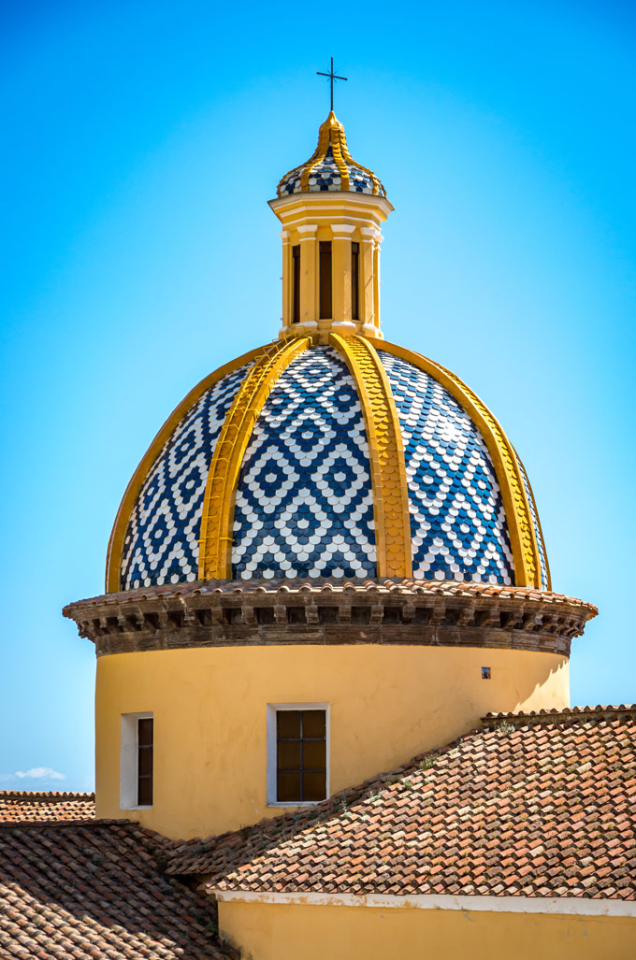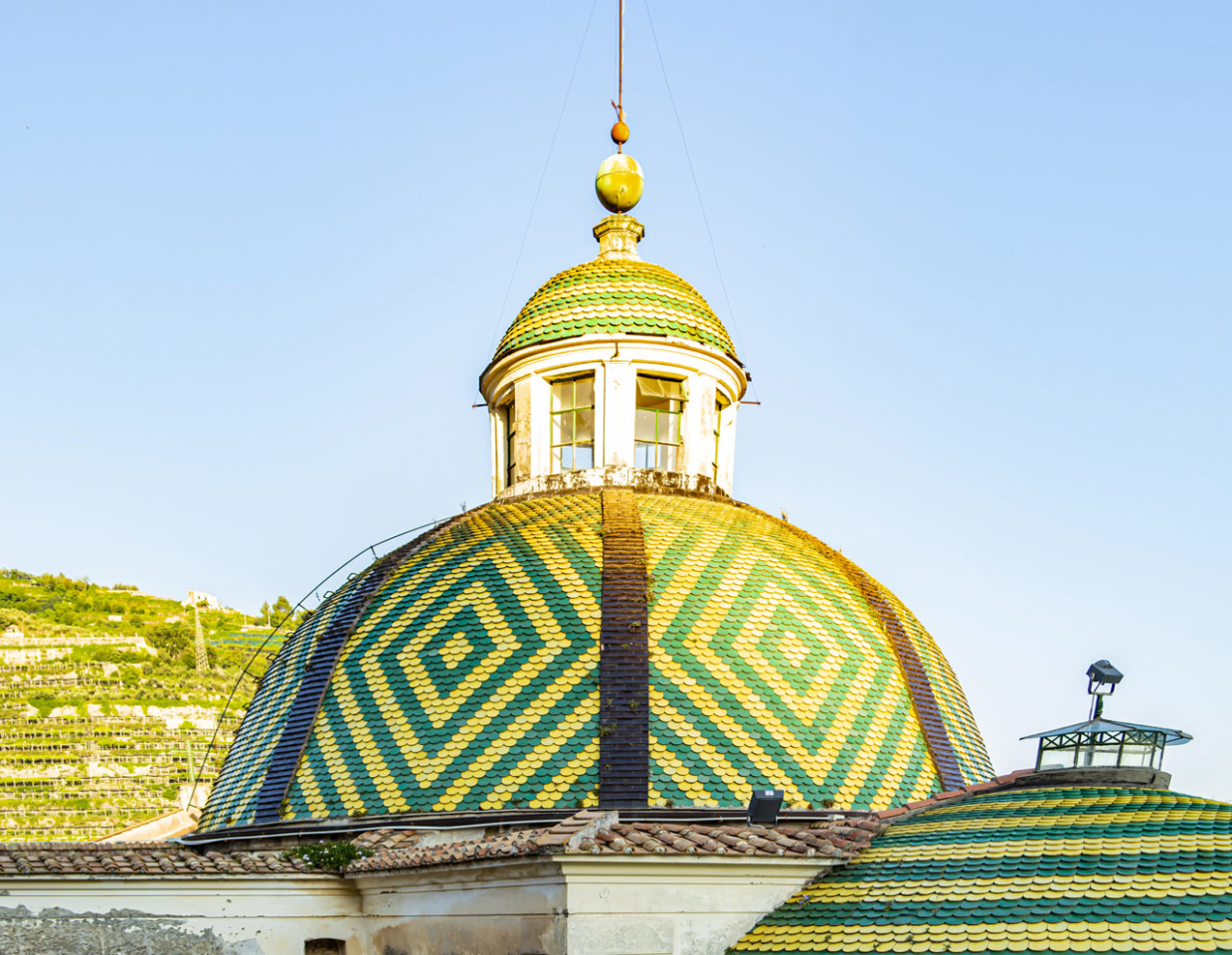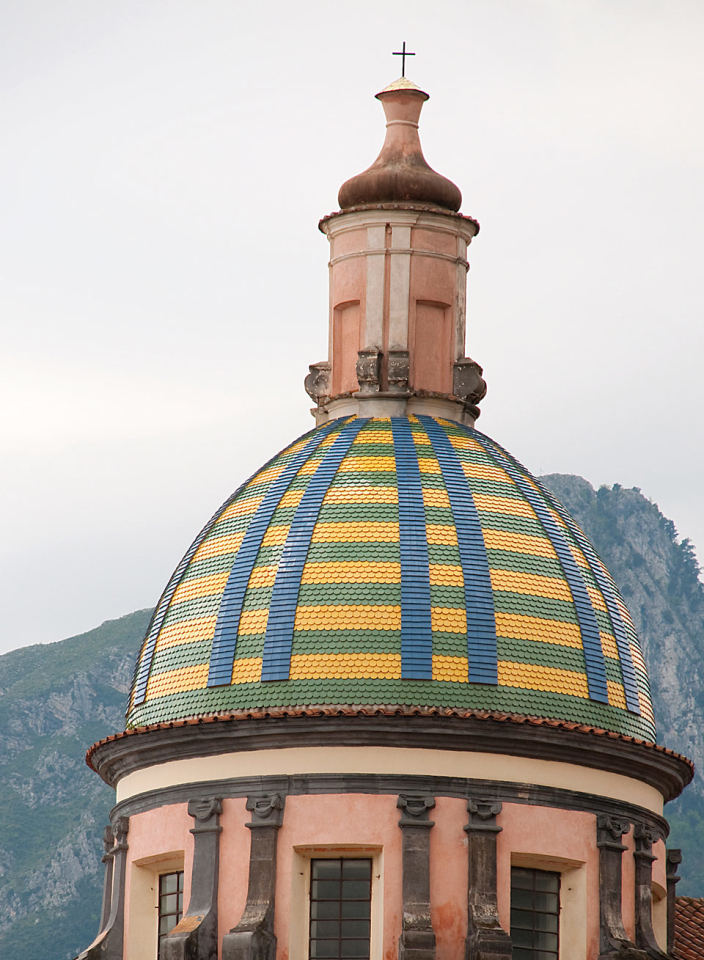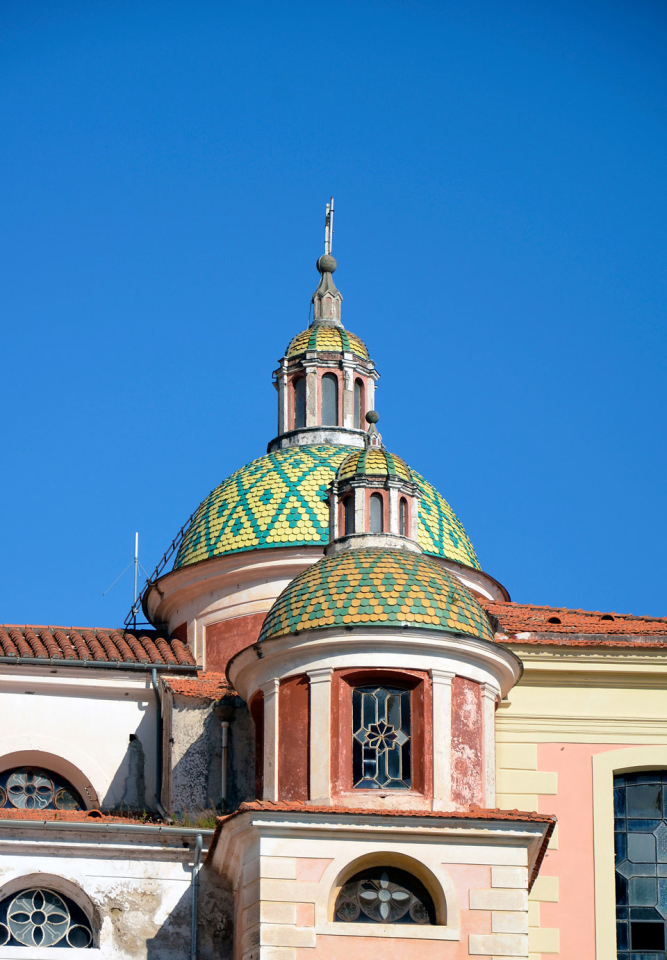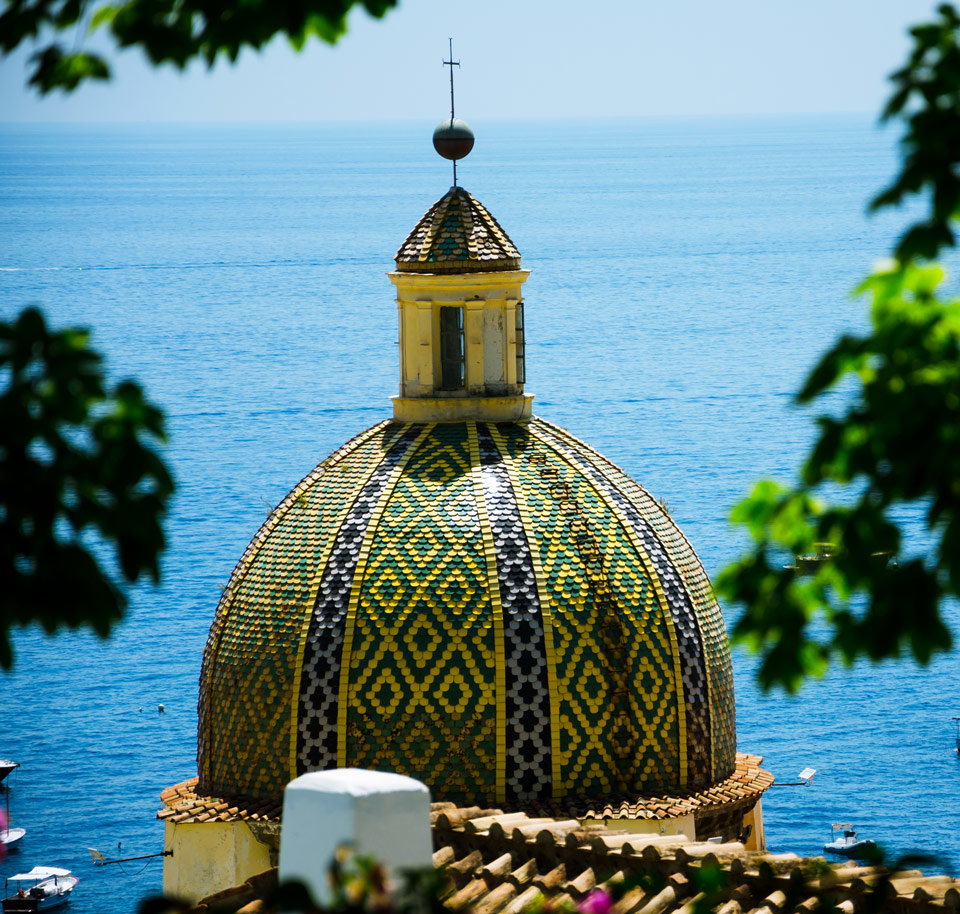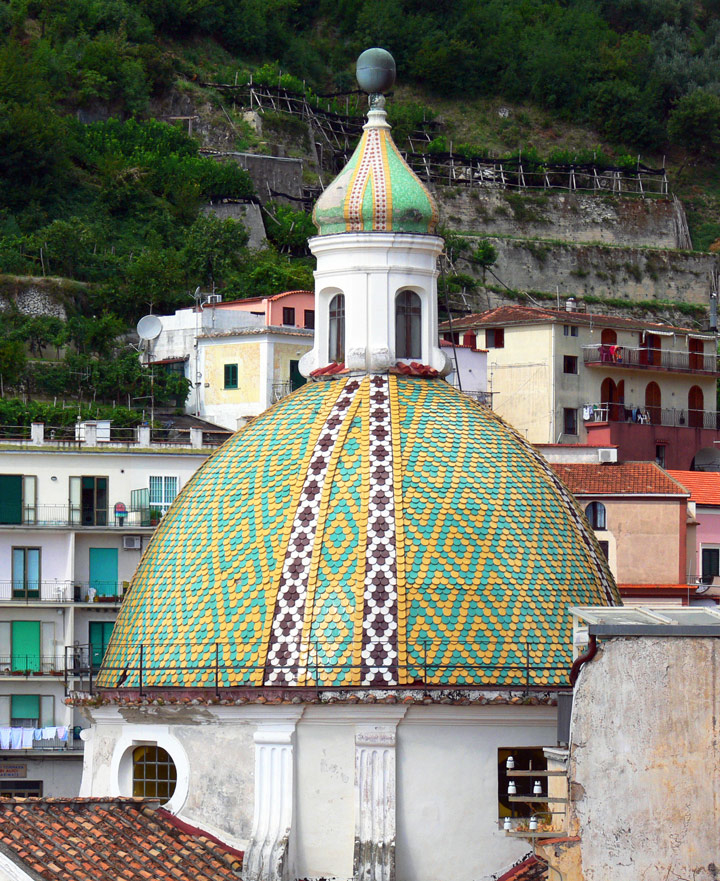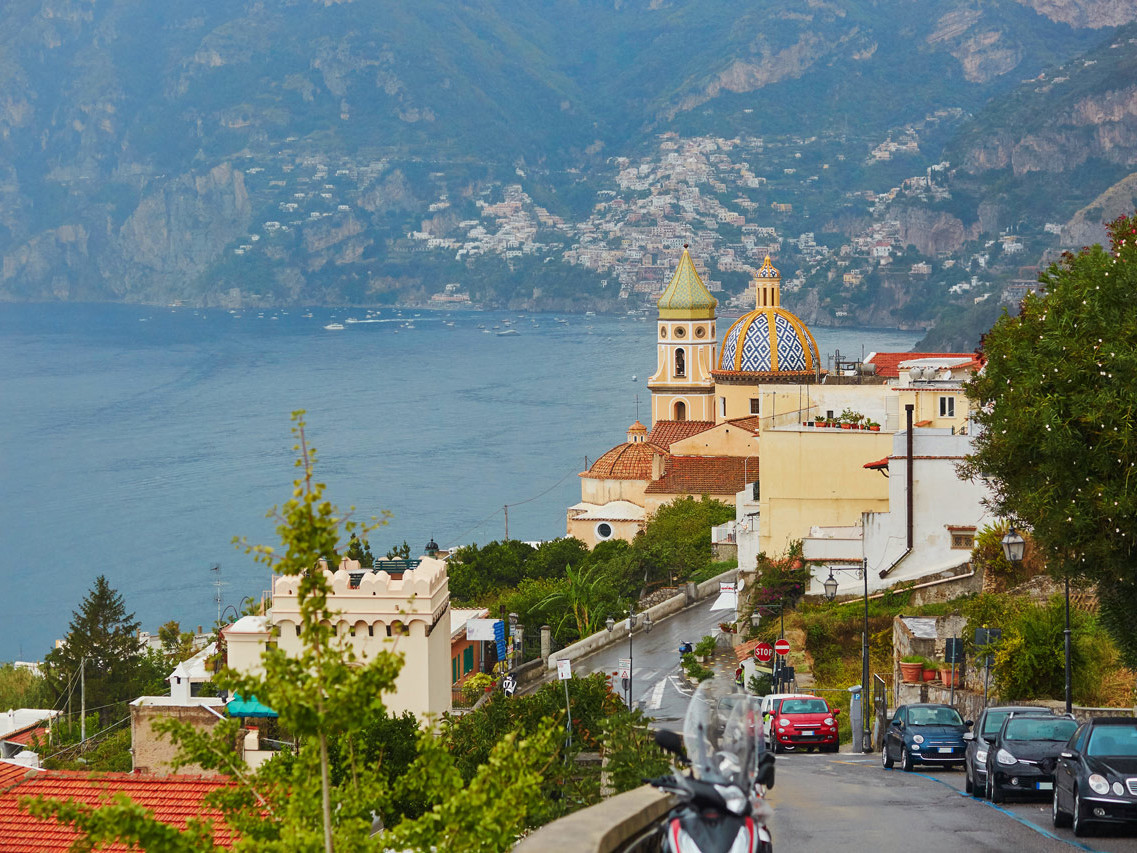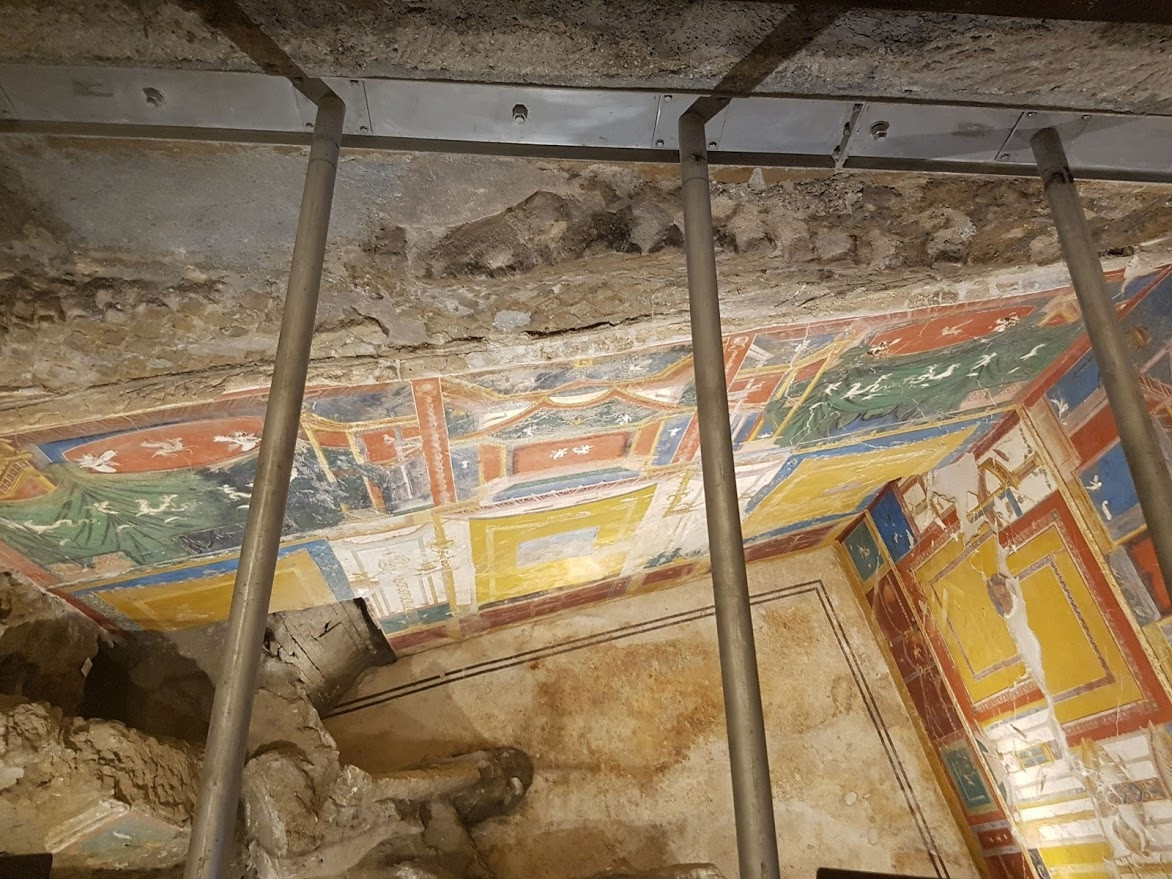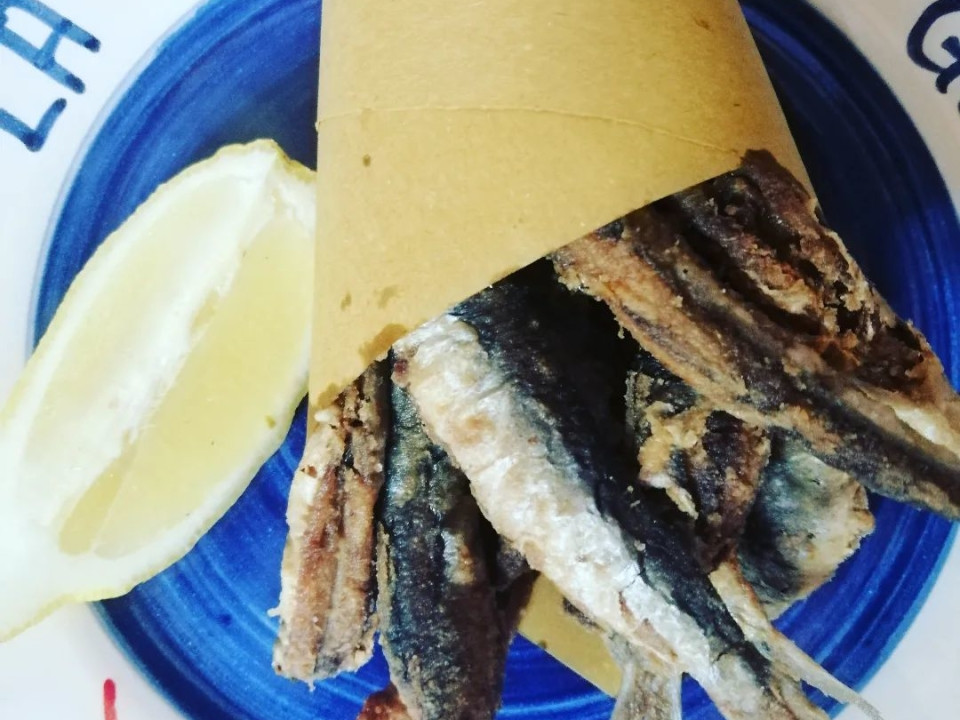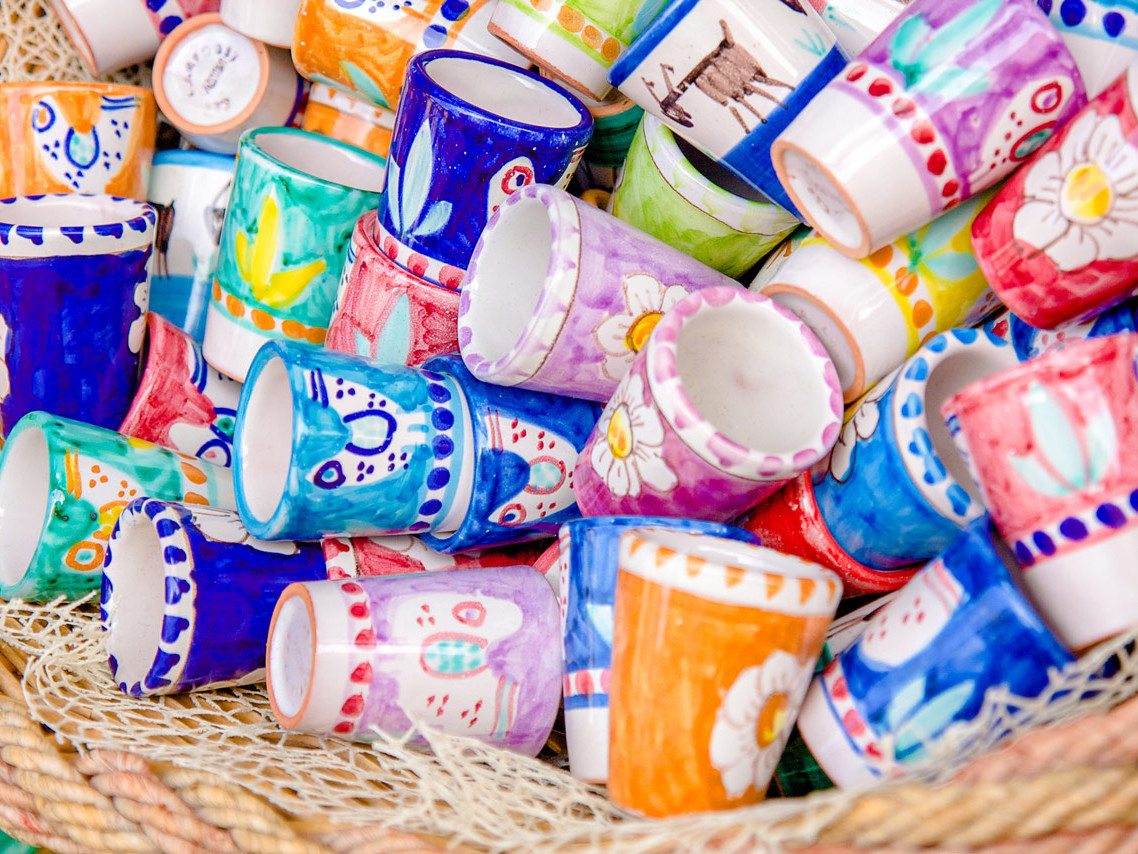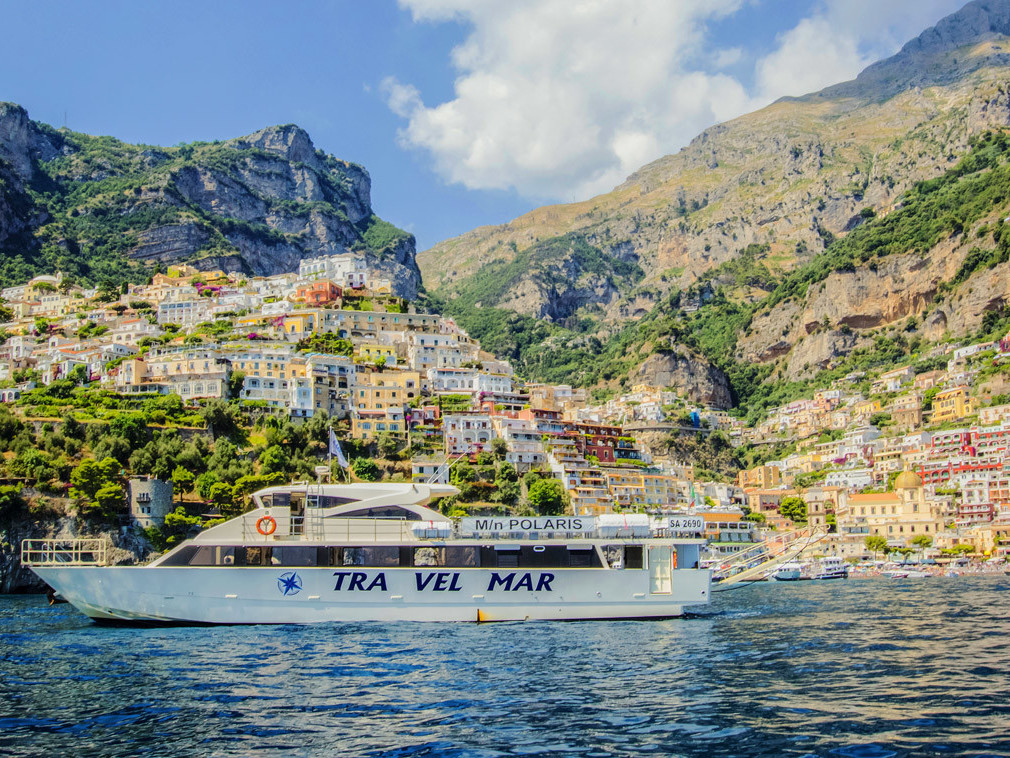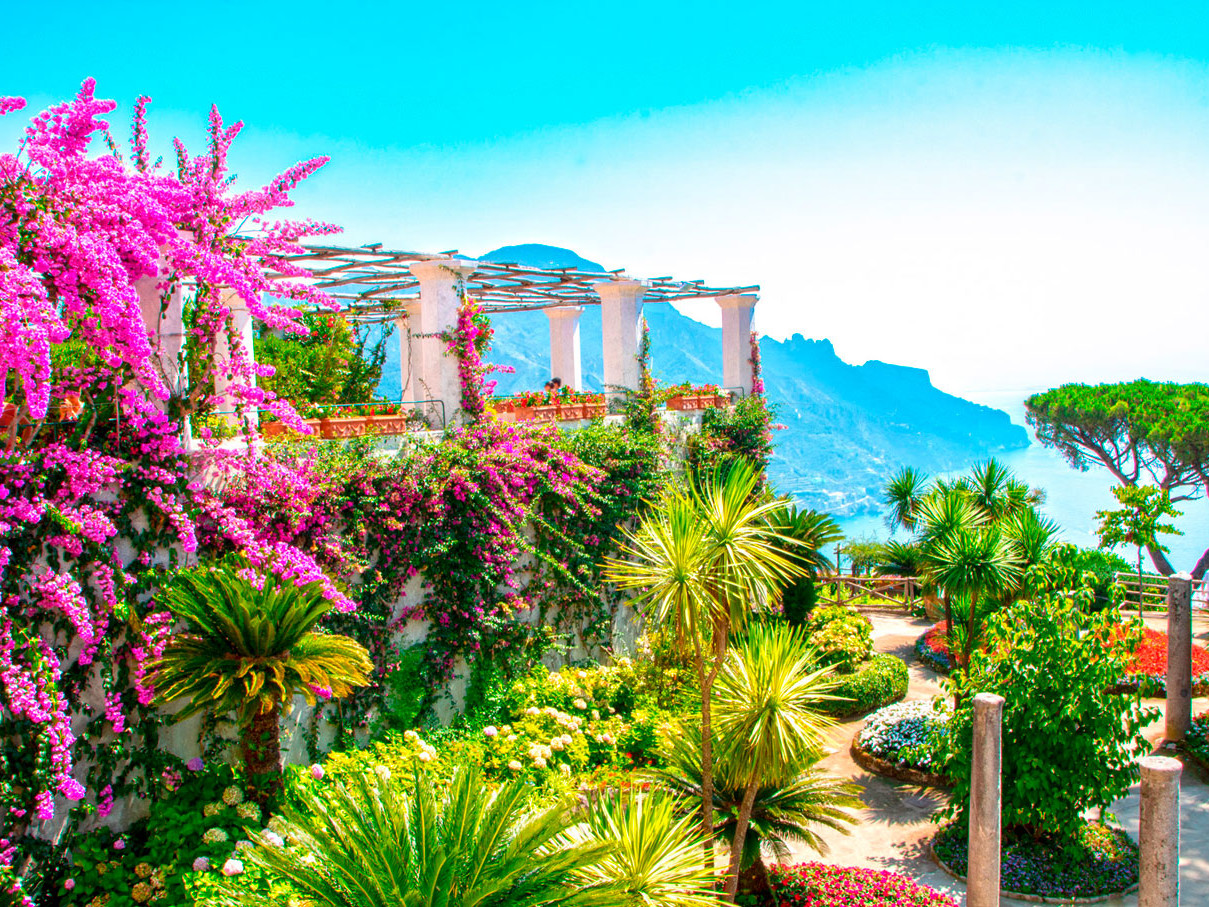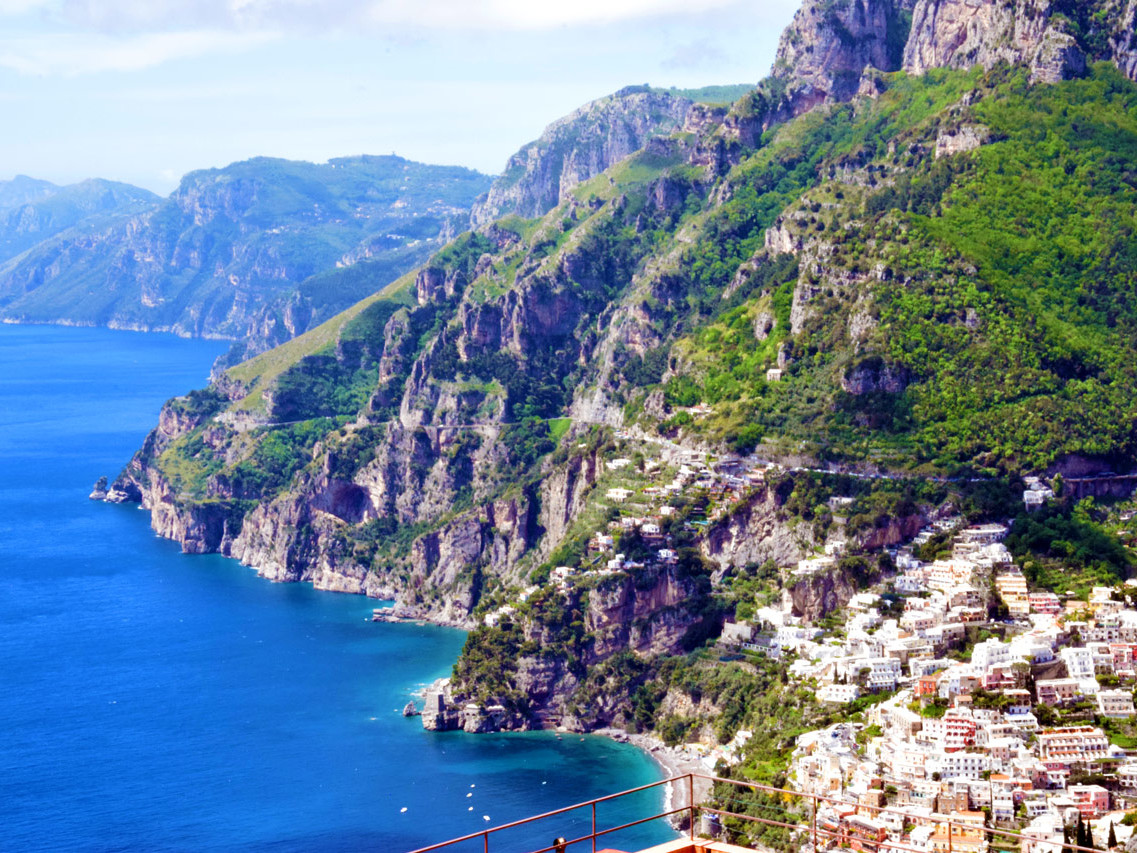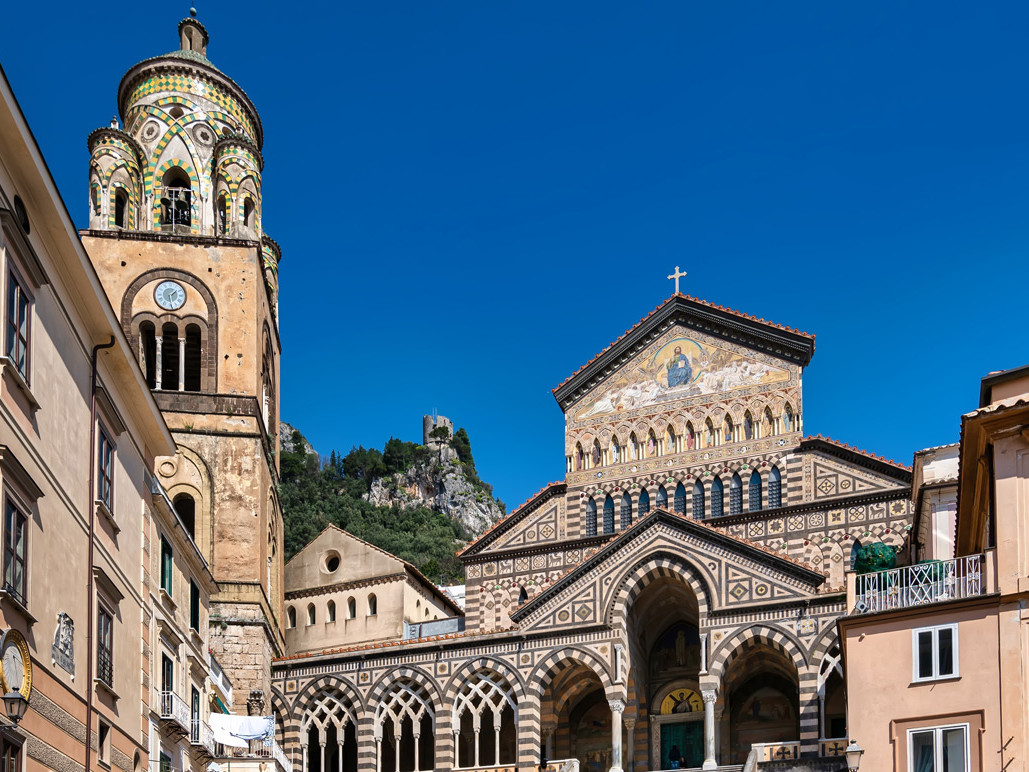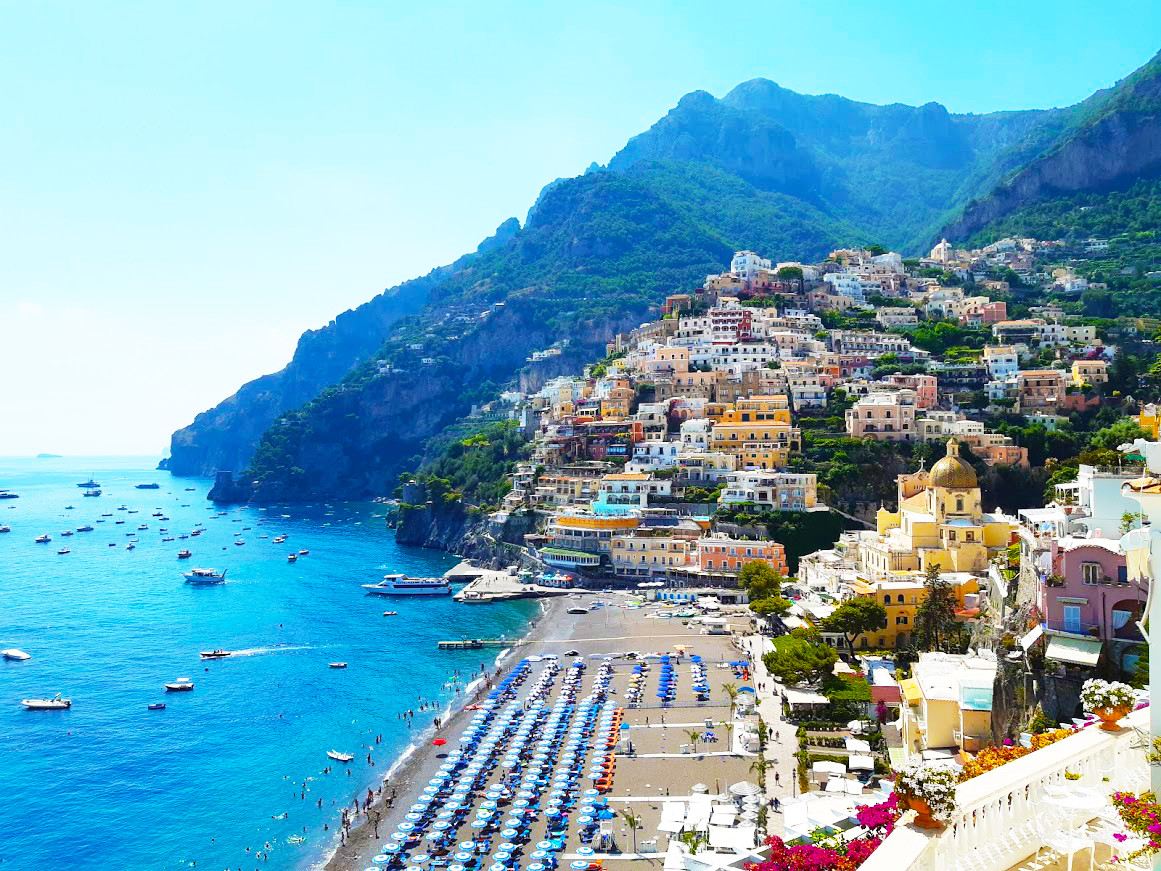THE MAJOLICA DOMES OF THE AMALFI COAST: SYMBOL OF A CENTURIES-OLD TRADITION
On the Amalfi Coast and particularly in Vietri sul Mare, the manufacture of ceramics and majolica has a long tradition, focused not only in the creation of decorative and everyday objects but also in architecture. In fact, some of the most beautiful majolica domes in Italy stand out in many of these coastal cities: let's find out together where they are and what their characteristics are!
by Roberta Cascone
Everyone who visits the Amalfi Coast will have come across dozens and dozens of stores selling colorful and multi-purpose ceramic items, which are among the most popular with tourists. This is because here, especially in Vietri sul Mare, ceramic and majolica making has a long history.
share this article
Positano - Santa Maria Assunta church
The most beautiful domes: where to find them
Some records of pottery production date as far back as the 14th century, but the first certain records of the terracotta industry in Vietri are only from the 16th century onward, when mainly kitchen utensils and household items such as plates, bowls and vases were produced. In the 17th century, however, there was a quality leap in Vietrese Ceramics, which focused also on the creation of objects for religious worship such as majolica tiles with religious subjects, votive shrines or holy water stoups. Finally, in the early 20th century, the growing fame of the industry attracted some of the most famous artists and artisans to the Coast, who helped make Vietri one of the capitals of art pottery production. This was not only limited to giftware: since the 16th century, the use of polychrome majolica has also spread to architecture, particularly for church dome coverings, due to its high aesthetic value and ability to last. And this is how majolica tiles, the so-called "riggiole", were used since the 19th century to decorate the domes of some of the churches on the coast, which still attract admiring glances with their spectacular bright colors. All along the Amalfi Coast there is a great variety of majolica domes: let's find out together where we can find them!
Church of San Gennaro in Vettica of Praiano
The dome of the church of San Gennaro is a triumph of colors reminiscent of Praiano's sea and sky: between the years 1771 and 1776 it was covered in majolica shingles, with white and blue rhomboidal designs, and supported by eight gold-colored ribs. Restoration work was also carried out in 2009, restoring the dome to its original beauty.
Church of Santa Maria a Mare in Maiori
The collegiate church of Santa Maria a Mare is Maiori's main religious building. It dates back to the 13th century, but was equipped with a majolica dome only in the mid-19th century. The majolica tiles are green and yellow: on the major dome they form the pattern of large diamonds, while on the minor domes they alternate with parallel bands.
Church of San Giovanni Battista in Vietri sul Mare
The church of St. John the Baptist in Vietri has very ancient origins: in fact, it stands on the spot where in 1036 there was a house of worship called San Giovanni de Staffilo, which became a parish church in the 14th century. The dome was erected in the early 17th century, but it was covered with majolica tiles produced right there in Vietri only in 1902. Here again we find a yellow and green parallel band motif, and the dome appears to be cut into segments by light blue ribs.
Church of Santa Maria Maddalena in Atrani
The church of Santa Maria Maddalena in Atrani also dates back to medieval times: it was erected on the ruins of an ancient fort in honor of the saint who had freed the town from occupation by Saracen mercenaries. Over the centuries it underwent much expansion and restoration work, and during the 19th century the dome was covered in green and yellow majolica tiles, with a pattern of small rhombuses inscribed in turn in larger rhombuses.
Church of Santa Maria Assunta in Positano
The church of Santa Maria Assunta was founded in the second half of the 10th century. Tradition has it that it was erected on the occasion of the arrival in Positano of the Byzantine icon of the Madonna, which is still preserved and venerated there. This church, too, is topped by a multicolored dome, covered with yellow and green majolica tiles forming rhombuses and others arranged in white and blue vertical bands that recall the color of the sea.
Church of San Pietro Apostolo in Cetara
Romanesque in style, the church of St. Peter the Apostle stands in the oldest area of Cetara a few steps from the sea. It dates from the 10th century and is also dominated by a dome covered with majolica ceramic tiles and divided into four triangles of yellow and green rhombi, with vertical bands of blue and white rhombi.
- The laying of the tiles varied depending on the aesthetic effect the architect wanted to render, but in all cases the tiles were partially overlapped one on top of the other to prevent gaps.
- Majolica tiles could follow different patterns: diagonal, "V" shaped, herringbone or diamond pattern. The most common covering, however, was the one known as "scales," since the pattern recalled fish scales.
fun facts
share this article


